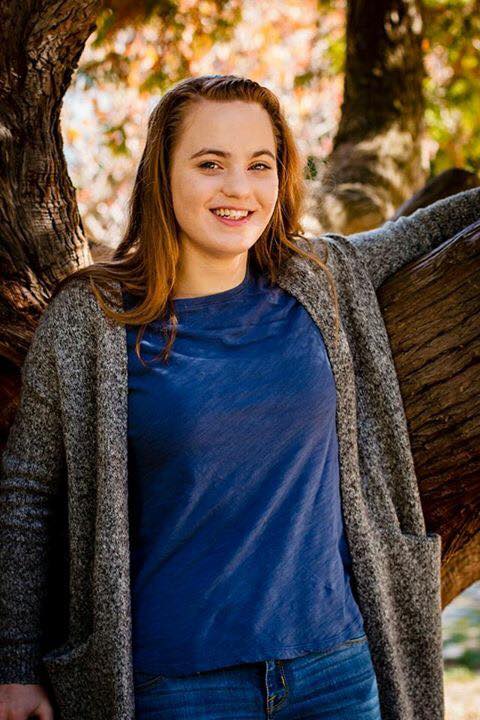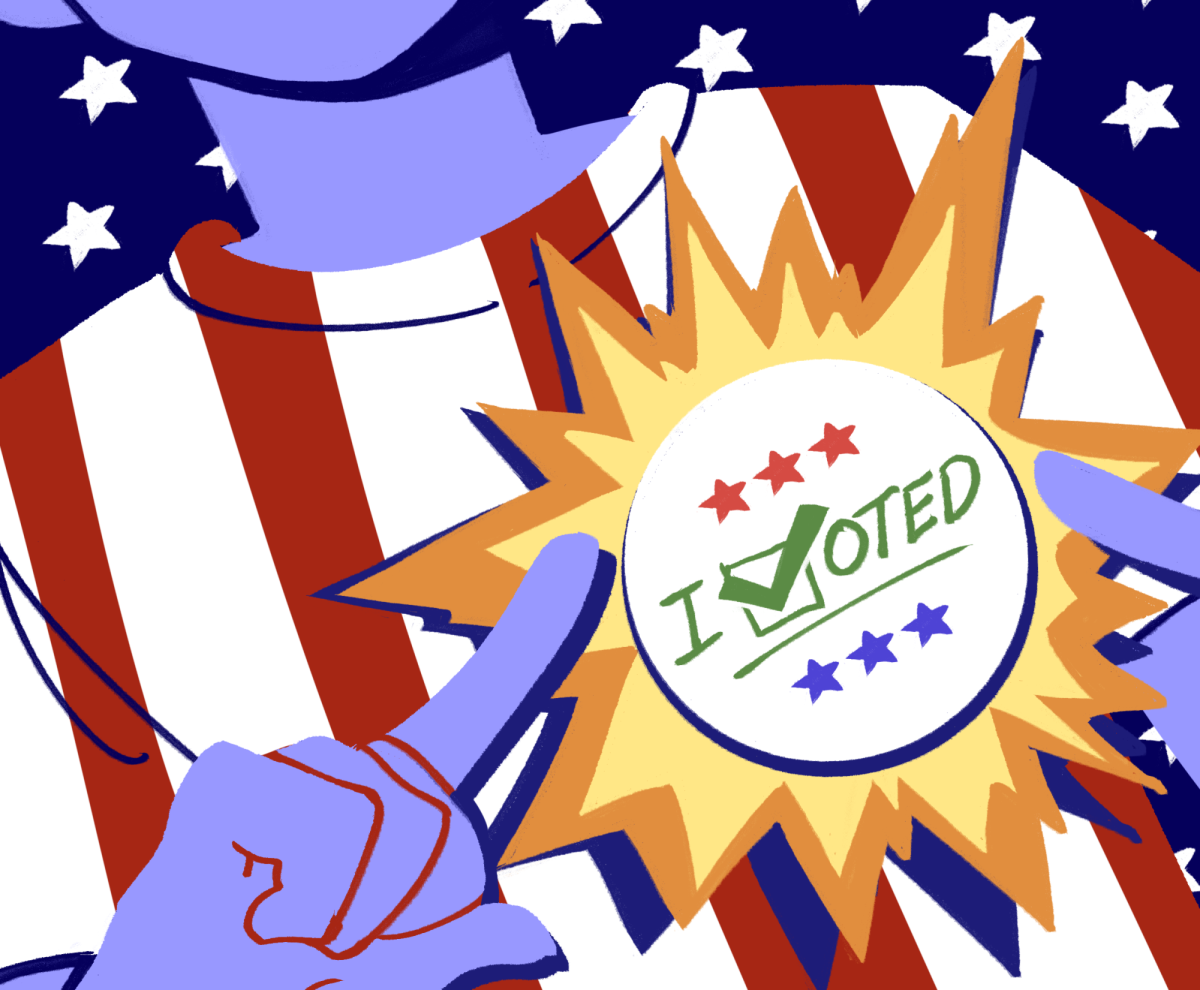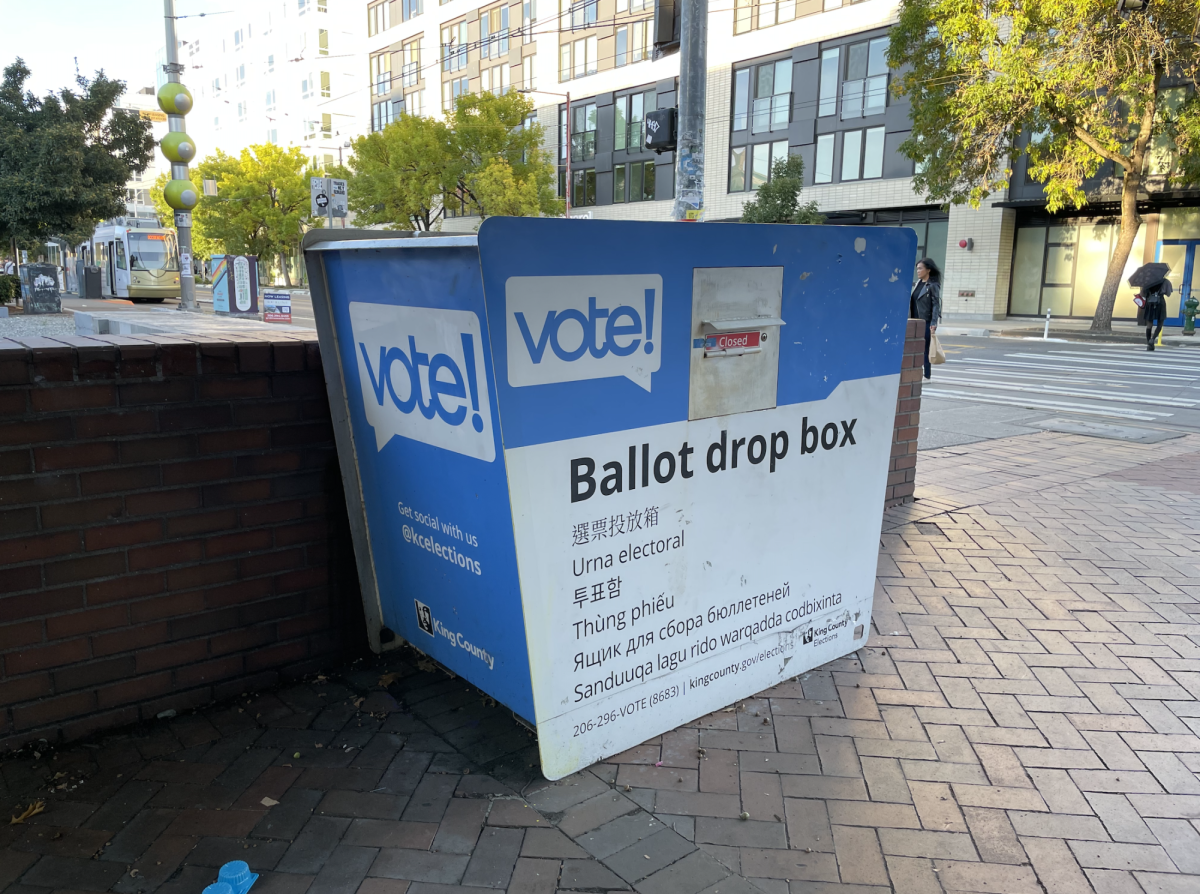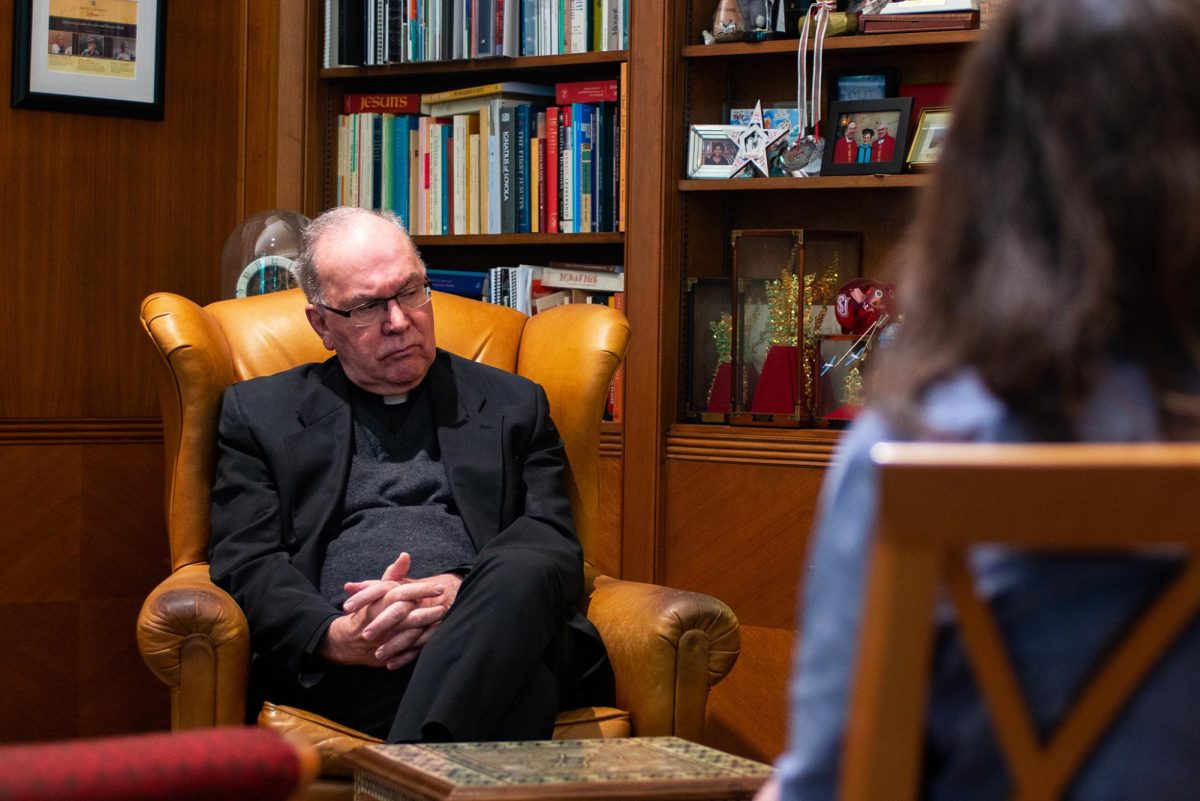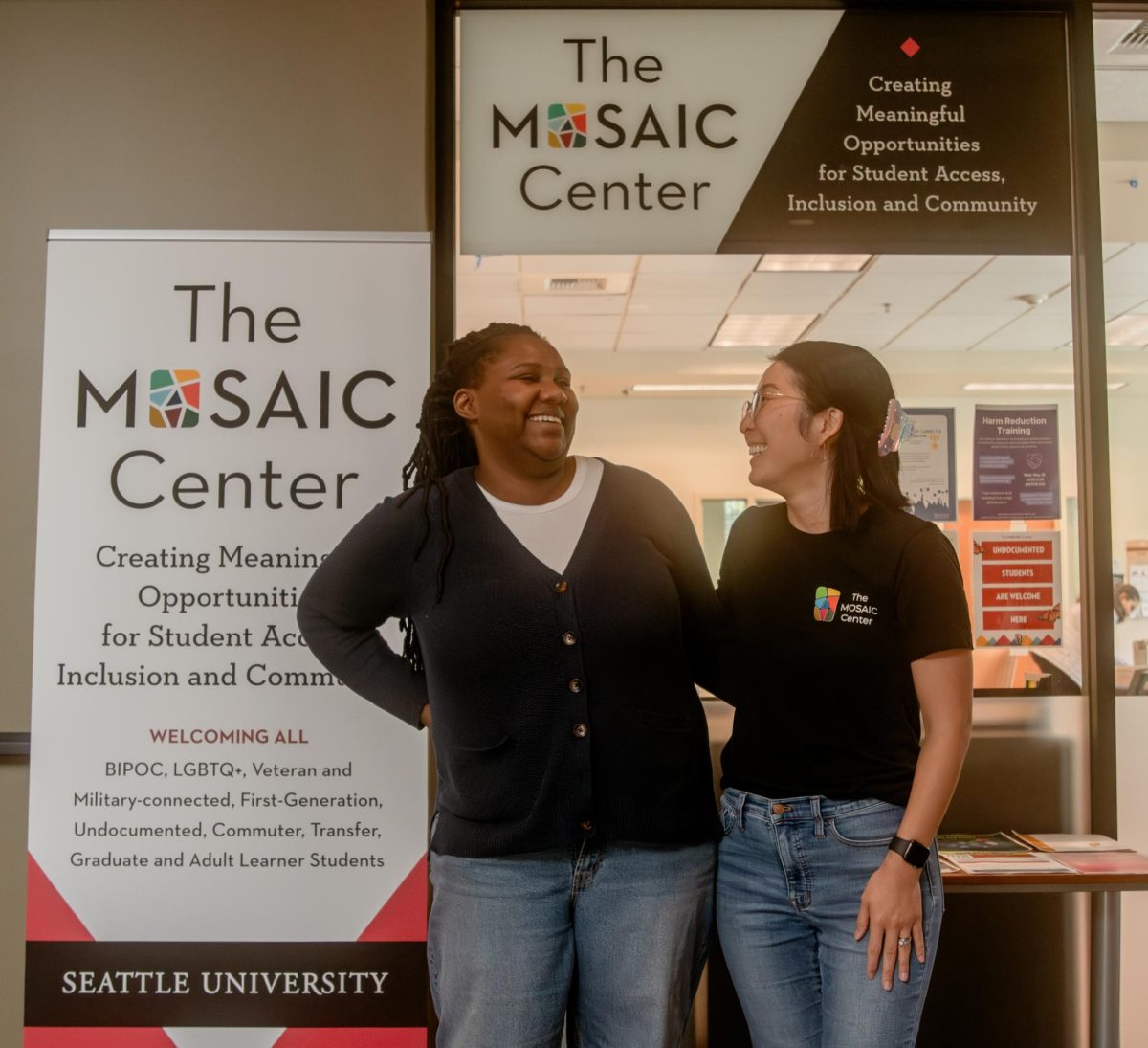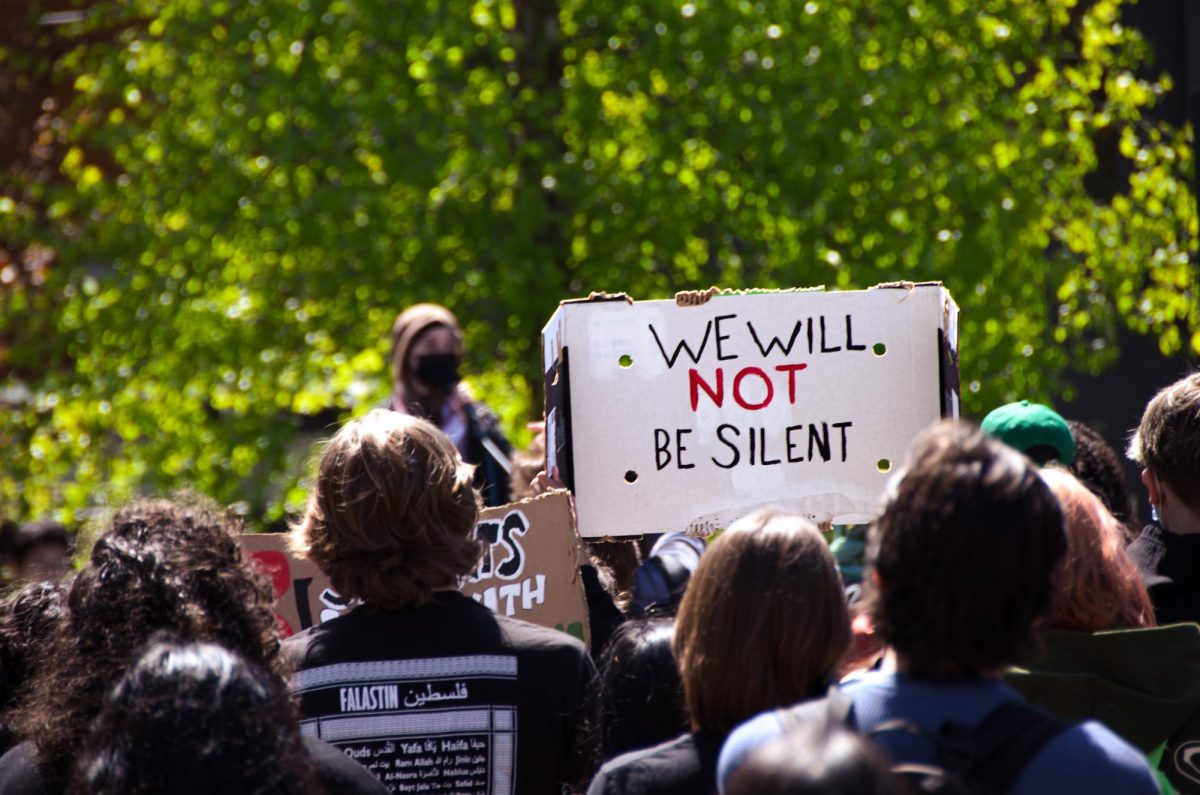The bell rang 17 times last Thursday at the Chapel of Saint Ignatius, and 17 flowers were set afloat in the reflection pond below where a vigil was held to mourn the students and teachers killed during the recent shooting at a high school in Parkland, Florida.
On Feb. 14, an armed gunman walked into Marjory Stoneman Douglas High School and opened fire, killing 17 and injuring 14 more. The suspect, a 19-year-old and previous student at the school, was arrested shortly afterward. He confessed and was charged with 17 counts of premeditated murder.
Once again, this country has returned to the back end of a vicious cycle. As families and friends mourn their loved ones, others point to lawmakers and fiercely demand action. Meanwhile, politicians and pundits bicker over gun control, mental health and where the law should be revised to prevent this from happening again. And yet, in the midst of all that noise, there’s an unspoken recognition that this isn’t the first or last me we have this conversation.
In the wake of the shooting, few public figures brought more scrutiny and criticism than United States President Donald Trump, who suggested that teachers should carry firearms and schools should offer bonuses to staff that have weapon training. People across the nation— educators in particular—responded with anger and disbelief.
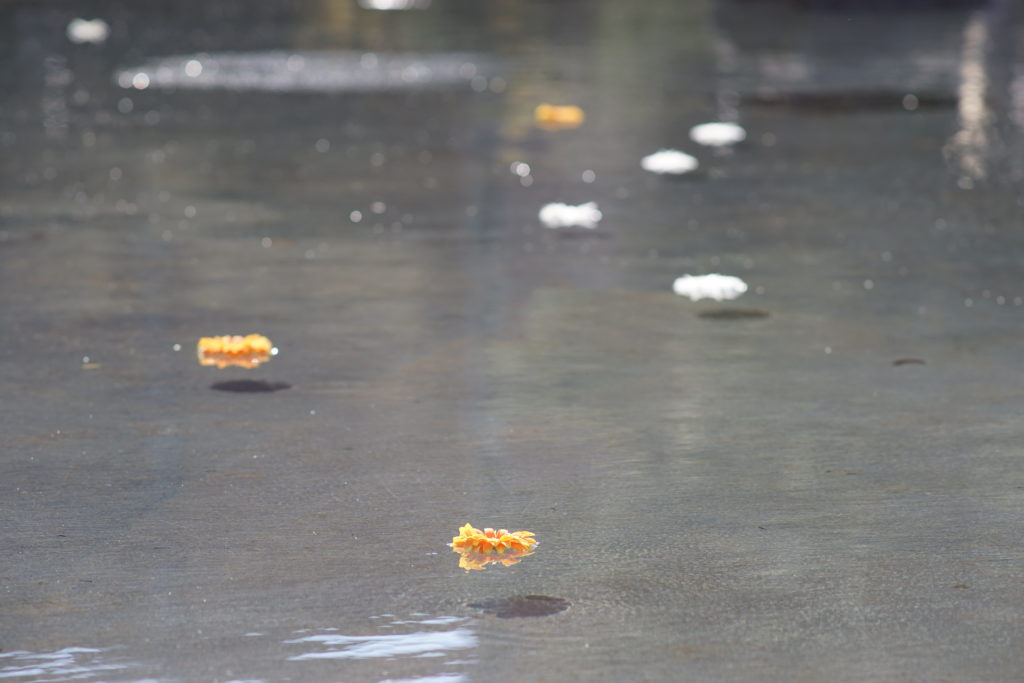
A vigil was held at the Chapel of Saint Ignatius to mourn the students and teachers of Marjory Stoneman Doughlas High School.
“As far as arming teachers…that’s done out of fear and it’s ridiculous,” Matthew Whitlock, a professor of theology and religious studies at Seattle University, said. “That’s where my anger comes back in. That the person representing us, as a nation, is asking me to be armed is utterly offensive, ridiculous, immoral.”
Sonora Jha, Chair and Associate Professor in the Communication and Journalism Department of Seattle University, said that arming teachers would put students and faculty of color in the classroom at greater risk.
“I’m a woman of color. We look at it very differently…There are dangers for us,” Jha said. “And what about men of color, like our faculty of color? Think about them.”
Jha explained that when she walks into a classroom, she tries to imagine what would happen if an armed gunman were to come in.
“I’ve had nightmares about this,” she said. “What if someone came down the hall, would I be able to keep the door shut in time, where would I get students to hide, would I ask that you jump out of windows, what floor are we on, could they jump, would they survive if they jumped out of the window, what’s the best way to get out of that situation? Will I be able to protect them, or will I be a coward? Will I run or will I protect my students? Will I put myself in front of the shooter?”
Jacqueline Helfgott, chair and professor of Seattle University’s Criminal Justice Department, was speaking in a panel discussion on “copycat crimes” and social media’s effect on mass shootings at a criminology conference when she received notice of the shooting in Florida. Despite the irony, she found the news hardly unexpected.
“I was not surprised at all. My reaction was just that: ‘there’s another one,’” Helfgott said. “I was, of course, horrified…It just seems like every time we look up, there’s another one.”
Helfgott explained that the shooting at Marjory Stoneman Douglas High School combines aspects of mental health and culture in addition to situational circumstances including, for example, the shooter’s access to weapons.
“We’re just all in this unprecedented era of digital culture and mass media technology where crime and violence and mass shootings and school shooting…it’s primed in all of our minds in such a way that it’s almost blurring the boundaries between fantasy and reality for everyone,” Helfgott said. “For any crime to occur, you need to have particular ingredients and elements within the situation… as a society, we need to look at these ingredients.”
Although mass media can seem inundated with tragedy and violence—like what we saw during and after the shooting in Florida— Helfgott insisted that people remain aware of how these graphic photos and videos can lead us to fear.
“The statistical likelihood of that happening is slim for any of us. But on the other hand, something like that could happen to anyone, any time, any place…we all just need to be sophisticated in terms of knowing how a lot of these violent incidents are primed in our minds,” she said. “We need to do a retrospective analysis to determine what factors existed, what factors were present, what factors were absent, what the risk factors were that contributed to this person engaging in this behavior.”
The current law in Florida won’t allow police to take seizure of a rearm until the owner commits an act of violence. Five states, however— Washington, Oregon, California, Indiana and Connecticut—have statutes in place that can be used to temporarily take an individual’s gun away if a judge deems them a threat to themselves or others. These are called “red flag laws,” and lawmakers in 18 other states, including Florida, have proposed similar measures.
The Washington state Legislature passed a bill to ban trigger devices, also known as “bump stocks,” which allow semi-automatic riffles to fire more rapidly. Last week the chamber accepted an amendment to the bill that would allow the Washington State Patrol to establish a “buy back” program for people who already have the devices. Governor Jay Inslee is expected to sign the bill into law.
Some have gone further to demand that semi-automatic assault riffles, like the one used in the Florida shooting, be banned as well. John Strait, professor emeritus and member of the Professional Ethics Council in the Seattle University School of Law, explained that nothing in the Constitution blocks the government from banning assault weapons. According to him, the Second Amendment establishes a right to have a weapon in self-defense. “That’s going to be satisfied by pistols,” Strait said. “You don’t need to have a military- style assault weapon in order to do that.”
As a professor who teaches the Second Amendment, a gun owner and a former member of the National Riffle Association, or NRA, Strait says he has no hostility to firearms. He was captain of his high school’s riffle team and shot competitively in national competitions. He became a lifelong member of the NRA after he became a Master Riffleman, the highest level of achievement in their youth shooting program, but resigned when the organization became “more interested in the commercial exploitation of fire arms then in the sporting use.”
“The idea that having access to weapons will prevent government abuse and takeover, thats a fringe view, and a fringe view that became much more dominant within the NRA,” Strait said. “I think even within the NRA there are members who don’t share that view. Most people who own firearms, and who aren’t NRA members, probably don’t identify with the NRA much at all.”
Despite changing public opinion on gun laws, preparing to defend against school shootings is a growing concern at campuses across the country. When asked if Seattle University was as prepared as he would like, Craig Birklid, Executive Director of Public Safety, said: “No, we’re not.”
Still, Birklid assured that Seattle U is working towards creating a more secure and safer campus for an event like the Parkland shooting.
“We’ve done some building lock downs for our newer buildings,” he said. “We know we can secure our community behind a door right away. Our residence hall facilities are all set, we know we can secure those up, and try to slow somebody down or prevent someone coming in to one of our academic buildings. But we’re not there yet.”
Though the campus has its protocols—911 calls, door lockdowns, emergency notifications and such that will all be activated as soon as an aggressor is seen on or near campus—Birklid explained that it’s difficult to prepare for such a rare event.
“Just realize that it’s not a high- frequency event,” Birklid said. “Our biggest thing we can do is to educate individuals so that they themselves are prepared. If you know the steps to take when an event like this happens, and you can do that very quick, and take yourself out of the danger zone, don’t hesitate.”
Seattle University’s public safety officers, along with officers in the University of Washington Police Department, trained with the Seattle Police Department a year and a half ago and learned about strategies regarding campus preparedness and knowing how to direct law enforcement officers through campus if a shooting were to occur.
The university has allocated an additional $150,000 to bolster security measures, specifically to install electronic locks in the rest of the buildings on campus. This will take about three years to finish. Still, Birklid said, the real danger is in leaving things unreported.
“We have the ability when we see something, to say something, to notify officials,” he said. “If we see somebody that is having real anger management problem or making poor decisions that may be threatening to others, we actually need to let people know. In this day and age, we have a lot of social media. [Cruz] was posting some pretty concerning things… those are the types of things we need to get reported to law enforcement so that person can be engaged.”
In the days following the shooting in Florida, the news cycle was interlaced with student survivors and the parents of victims who spoke both at public speaking events and in confrontations with local representatives. These new voices seem to have caught the media’s attention amid the country’s responses to recent mass shootings.
On March 24, people will take to the streets of Washington D.C. in the “March For Our Lives,” a demonstration organization in response to recent gun violence and mass shootings in American schools. The same march will be held in Seattle, and around the country, on the same day.
Emilia Allard, a senior at Ballard High School, co-organized the local iteration with Rhiannon Rasaretnam, a senior at Tacoma Senior High School.
“For those kids, everybody’s watching,” Allard said, referring to the survivors of the school shooting in Parkland, Florida. “I’m just amazed that they even thought to start something like this.”
Allard said she stays up until 2 a.m. nearly every day preparing for the upcoming march, and that more than 450 volunteers have signed up to help.
“It’s very naive to think that we’re all just going to march in every city and everything will change…Marches are more so important in terms of getting people to start having these conversations, and to start talking about why gun control is important and why we need to start acting now,” Allard said. “My biggest hope, if anything, is to start that conversation, and from the conversation, start working toward real change.”
Nick can be reached at
[email protected]





